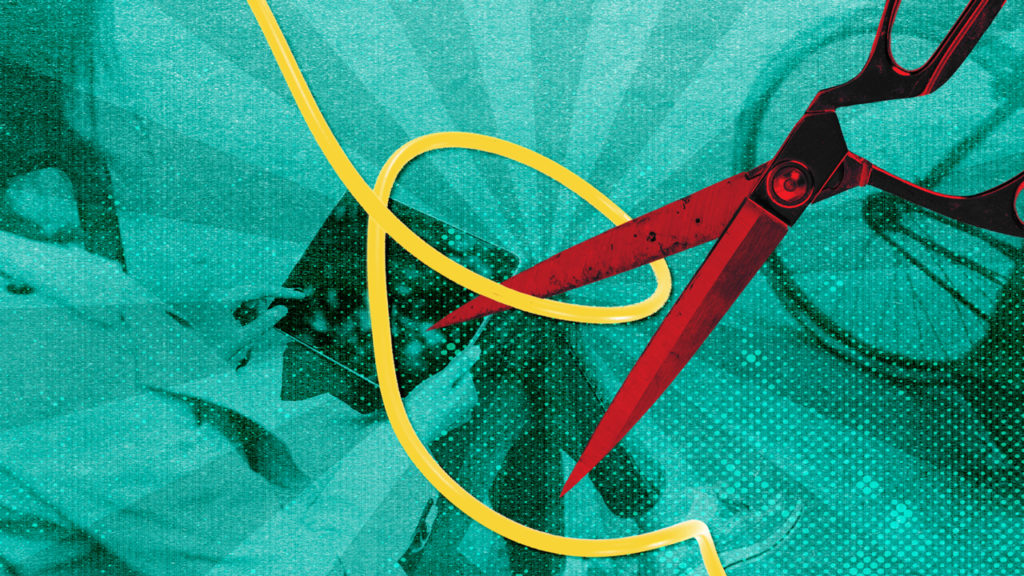According to recent reports by Tubi and Samba TV, most Americans are not only cord-cutters; they’re “cycling” subscriptions and turning to ad-supported free channels. Gen Z Americans are the least subscribed demographic when it comes to viewing linear TV via cable or satellite services.
Generation Unplugged: Gen Z Has Definitively Cut The Cord
According to Samba TV’s State of Viewership Report, linear television viewership is at its lowest level in almost two years. The report, which presents findings from the analysis of approximately 47 billion hours of linear and streaming during the second half of 2022, reveals that only 48 percent of Americans reported that their household has a monthly cable or satellite TV subscription. Consumers are also watching less linear television: Less than half of U.S. households reported watching linear TV daily throughout the second half of 2022.
Source: Samba TV The State of Viewership
Gen Z consumers are the least likely to have a cable or satellite TV subscription or watch television that way. The survey shows that 65 percent of Gen Z do not have a cable subscription.
“We have reached a critical turning point in television and viewing consumption,” stated Samba TV CEO and co-founder Ashwin Navin. “For the first time in history, a majority of Americans report they no longer have a monthly cable subscription and are totally unreachable by traditional linear advertising.” Meanwhile, streaming has become ubiquitous among every age group and ad-supported streaming has gone fully mainstream with significant expansion across new platforms including industry leaders like Netflix and Disney+ entering the world of ads.”
Subscription “Cycling” Is Still A Thing
While consumers may be turning to streaming services to get their fill of their favorite shows, they are not necessarily loyal to the platform. According to the Samba TV report, consumers sign up to watch their favorite shows and then cancel their subscription once they’ve binged or watched a season. They then replace that subscription with another, and the cycle repeats. According to the Samba TV data, 29 percent of consumers have cycled their subscriptions in the last six months, and 69 percent plan to do so in the next six months. With 71 percent of those polled describing themselves as “binge-watchers,” the report states that most new shows have a window of opportunity lasting just two weeks to capture a binge-watcher’s interest and keep them subscribed.
Surprise! Consumers Like Streaming Free
More than 225 million Americans streamed content last year, according to new research from Tubi TV. As consumers remain wary of the economy and inflation persists, consumers show a willingness to trade ad views for premium, on-demand content – especially when that content is free. Just over half of streaming consumers stated that they felt most comfortable with six minutes of standard format video ads per hour, a relatively light ad load.
According to the report, ad spend on connected or streaming channels, which rose by 33 percent from $14.2 to $18.9 billion, between 2021 and 2022. Linear TV ad spend but by only a 4 percent, from $65.7 to $68.4 billion. According to the report, which quotes eMarketer data, ad-supported VOD services will likely continue to rise if consumers’ shift away from linear TV continues and streaming services see more subscriber churn.
Source: eMarketer
What Marketers Need To Know:
According to the Samba TV report, 93 percent of all ad impressions reach just 55 percent of American households. Gen Z is the least likely to tune in to a linear broadcast according to this data, but they still watch “network” TV. That provides a significant opportunity for marketers to reach consumers on platforms or channels where they are following their favorite shows. Gen Z still watches shows on linear TV—just on the platforms and devices they choose. According to the Samba TV report, 89 percent of Gen Z and 85 percent of millennials stream entertainment content on their mobile devices. That means marketers who know what Gen Z watches and loves can reach them wherever they are via mobile devices and present a range of creative ad formats that are tailored to the mobile experience. It also opens up new possibilities for brand partnerships as streaming channels develop new methods of engaging fickle audiences.

